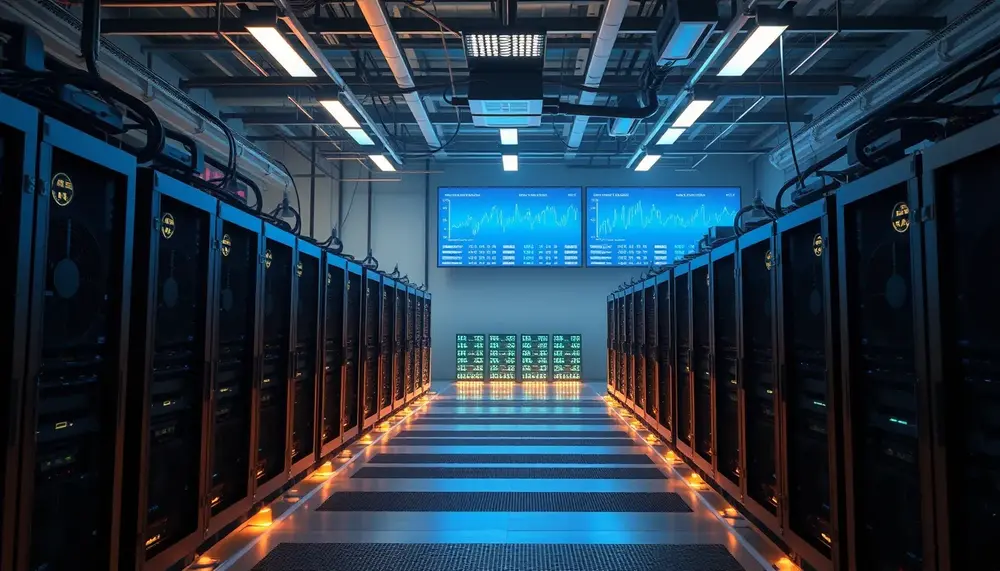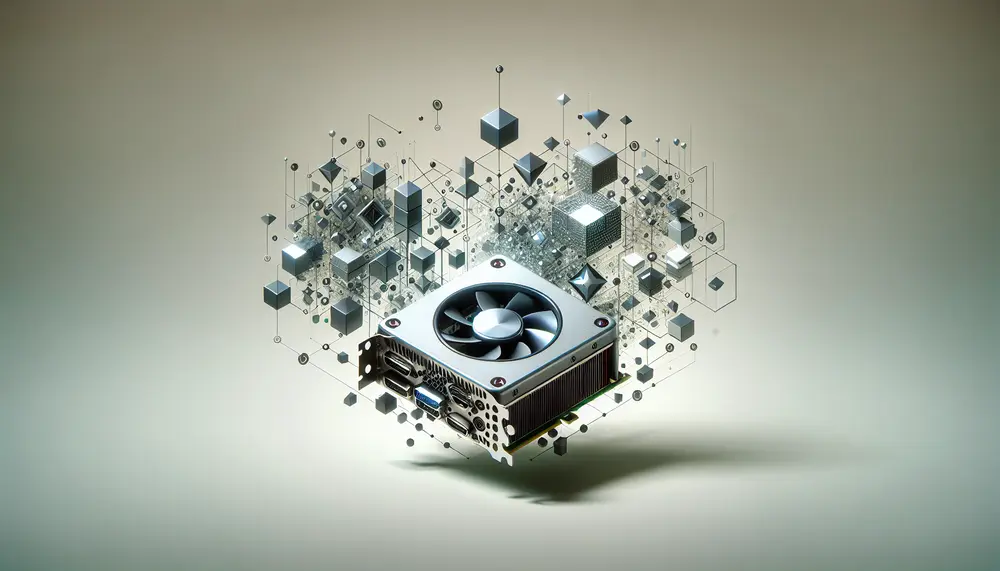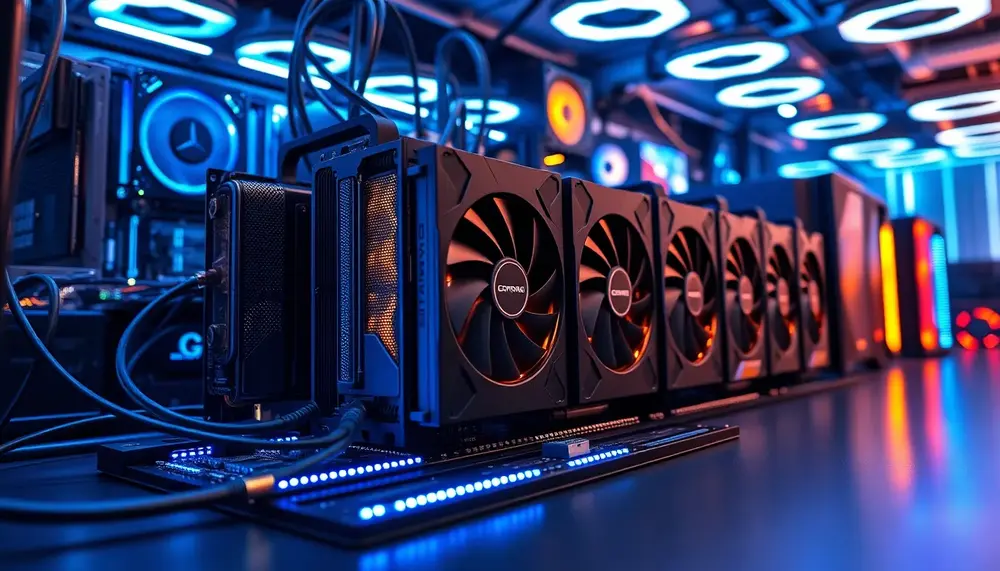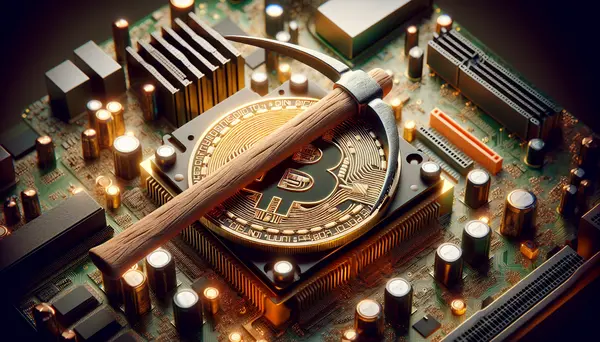Distributed network
Distributed network
Understanding the concept of a Distributed Network is key to grasping the fundamental mechanics of Bitcoin mining. As you continue on your journey of discovery in this thrilling field, you will often encounter this term. But what exactly does it mean? Let's dive in and explore the concept of a Distributed network and its deep relation with Bitcoin mining.
Defining Distributed Network
A Distributed Network is a type of network where processing power and data are spread across multiple nodes or computers instead of concentrated in a single point. This system design is used to ensure that there is no central point of failure or control. In essence, a Distributed network allows multiple systems to work together as a unified network.
Distributed Network in Bitcoin Mining
Bitcoin mining utilizes a specific type of distributed network called a peer-to-peer (P2P) network. In this network, all individuals (peers) have equal privileges and can freely interact with each other directly. In context of Bitcoin mining, the distributed network, or the P2P network, allows all miners to work together towards the common goal of validating and recording transactions on the Bitcoin blockchain.
Benefits of Distributed Network in Bitcoin Mining
The use of a distributed network in Bitcoin mining holds notable benefits. Firstly, it increases the security of the entire system as there is no central point of vulnerability for attackers to exploit. Secondly, it promotes transparency as all transactions are visible to every participant in the network. Lastly, as no single entity has control over the network, it also ensures a level of democracy and decentralization which is central to the philosophy of Bitcoin.
Drawbacks of a Distributed Network
While a distributed network has several benefits, it does come with a few drawbacks. Particularly, the dependence on network connectivity. If a node (miner) loses connection, it becomes isolated from the network and cannot contribute to or benefit from the ongoing mining processes. Moreover, synchronization of data and consensus among nodes may take time, resulting in possible delays.
In conclusion, understanding the concept of a Distributed Network is crucial not only for grasping the essence of Bitcoin mining but also the underlying principles of most blockchain-based cryptocurrencies. It is the backbone that underpins the security, transparency, and decentralization for which Bitcoin and other cryptocurrencies are known.
Blog Posts with the term: Distributed network

Understanding mining pool stats is crucial for optimizing cryptocurrency mining strategies, as it involves analyzing key metrics like hashrate and reward systems to make informed decisions. By evaluating factors such as pool performance, fee structures, and network stability, miners can...

Foundry USA Pool, established in 2019, is a significant player in cryptocurrency mining due to its commitment to decentralization and support for smaller miners, contributing to a more resilient financial system. As the global hashrate grows and regional developments vary...

Ethereum mining originated from Vitalik Buterin's vision in 2013 for a blockchain that could support complex applications, leading to the launch of Ethereum with smart contract capabilities on July 30, 2015. The network's growth was fueled by an innovative crowdfunding...

The article discusses the energy consumption of Ethereum mining, highlighting the significant reduction in energy use following its transition from Proof-of-Work (PoW) to Proof-of-Stake (PoS). This shift, known as the Ethereum Merge, has decreased Ethereum's annual energy usage by over...

Choosing the right cryptocurrency mining machine is essential for maximizing profits, with factors like hash rate, energy efficiency, and compatibility playing crucial roles in selecting top-rated models such as Antminer S19 Pro and Whatsminer M30S++....

Crypto mining has evolved from a niche hobby to a global industry, characterized by technological advancements like ASICs and trends such as renewable energy adoption and decentralization. Despite its growth, the industry faces challenges including high energy consumption and regulatory...

Crypto mining is crucial for validating transactions and generating new coins on blockchain networks, requiring significant computational power to solve cryptographic puzzles; miners are rewarded with cryptocurrency, ensuring network security and decentralization. Efficient hardware like ASICs enhances profitability in this...

Technological advancements in mining hardware, such as improved ASIC miners and innovative cooling solutions, enhance efficiency and performance while network scaling increases hashrate but also competition among miners. Optimizing hardware through overclocking, memory adjustments, software selection, and maintenance can further...

Kaspa mining with GPU involves using graphics cards to validate transactions on the Kaspa network, which uses blockDAG technology for scalability and speed; miners are rewarded in KAS coins. Miners must consider hash rate, power consumption, and join a mining...

Handshake HNS mining involves using computational power to solve complex mathematical problems, validating transactions on a decentralized network designed to replace the traditional DNS. To start mining, you need specialized hardware (ASICs), a Handshake address for receiving rewards, and membership...

GPU-based crypto mining utilizes graphics cards to efficiently solve complex mathematical problems for cryptocurrency transactions, offering a cost-effective and versatile alternative to ASICs. GPUs are favored due to their flexibility in switching between different cryptocurrencies, availability, and additional uses beyond...

Crypto mining nodes are specialized computers within a blockchain network responsible for validating and recording transactions, ensuring the system's security and decentralization. Different types of nodes, such as full nodes, light nodes, pruned nodes, archival nodes, mining nodes, staking nodes,...

Sia Cascade Mining is an innovative method for mining SiaCoin on the Sia blockchain, leveraging decentralized storage rather than high computational power to make it more efficient and accessible. This approach not only enhances network security but also offers cost-effective,...

Bitcoin mining is a crucial component of the cryptocurrency ecosystem as it verifies transactions, maintains the integrity of the blockchain, and generates new bitcoins. It also promotes decentralization, encourages innovation, and fosters transparency. However, it consumes large amounts of electricity...

